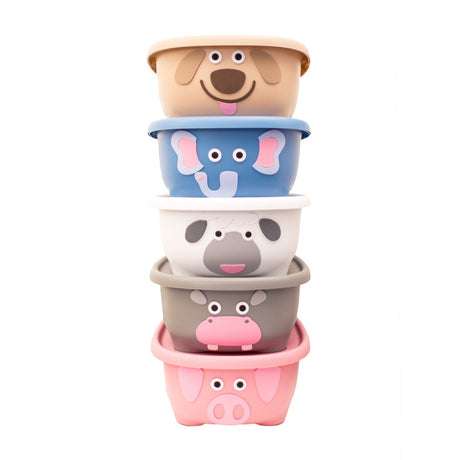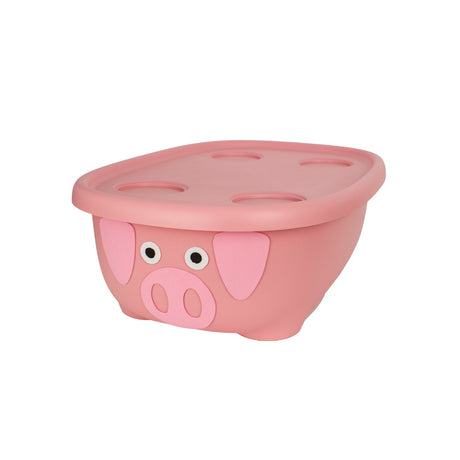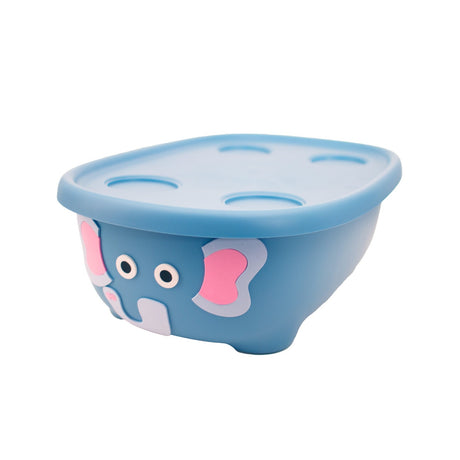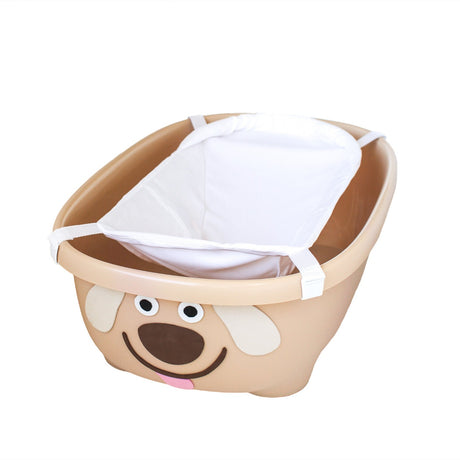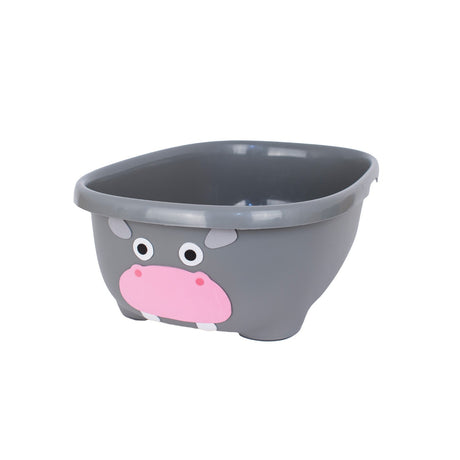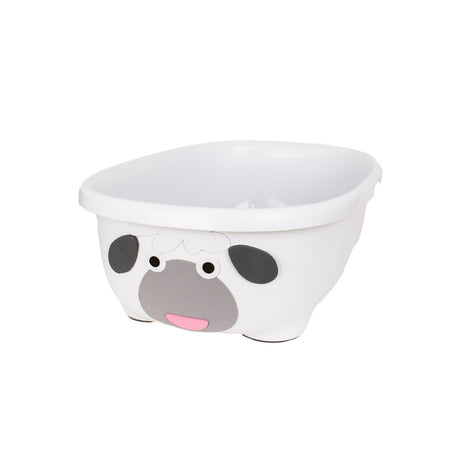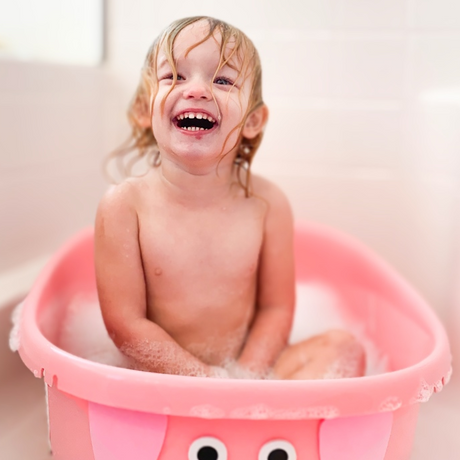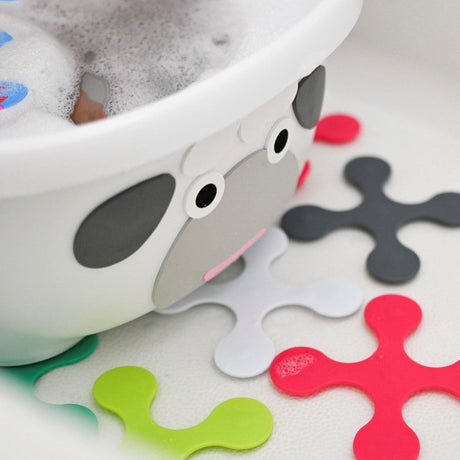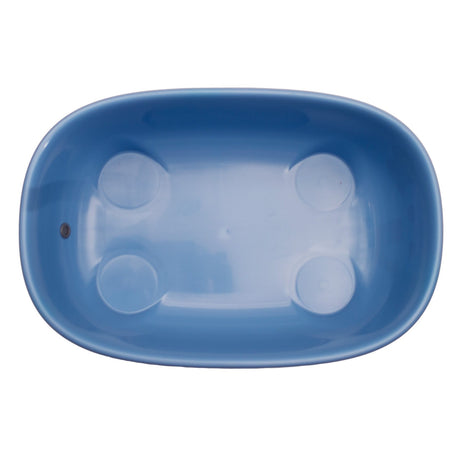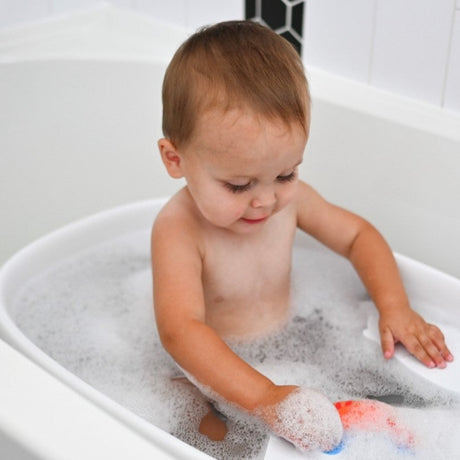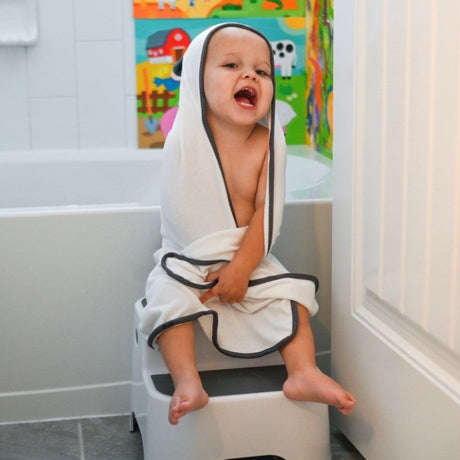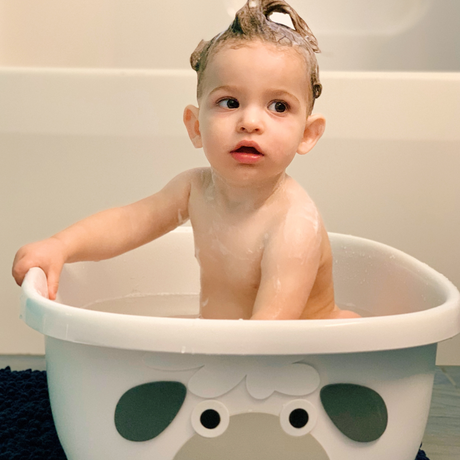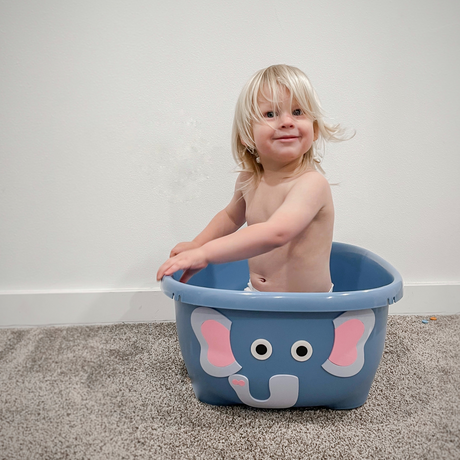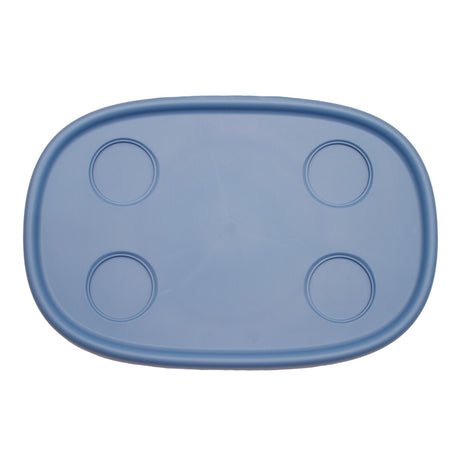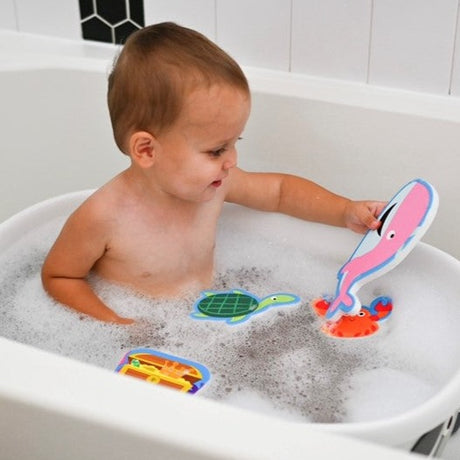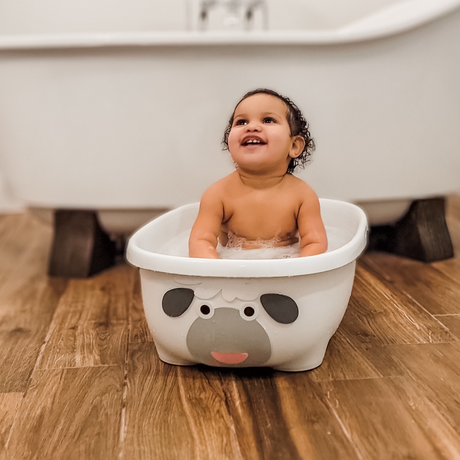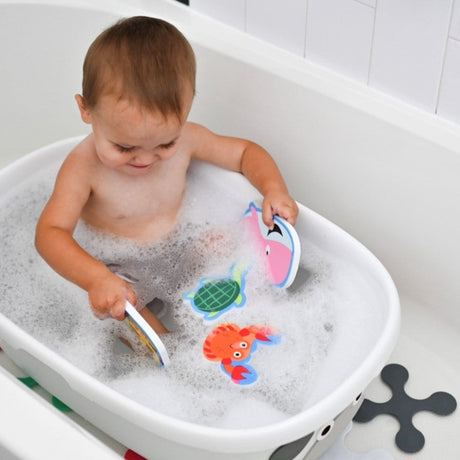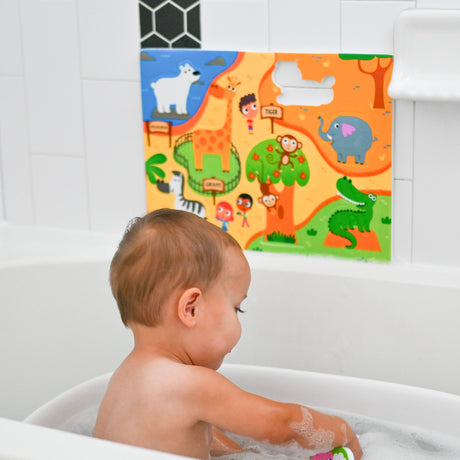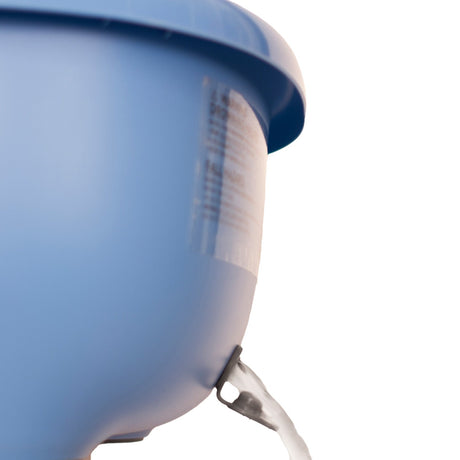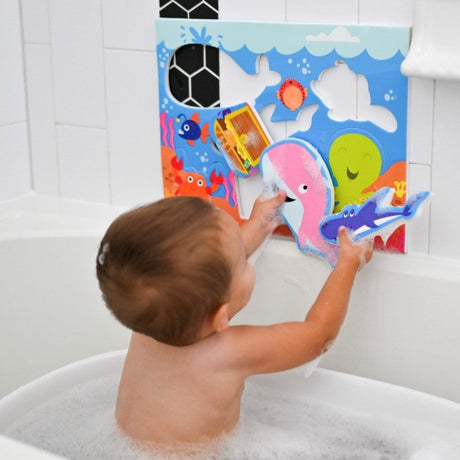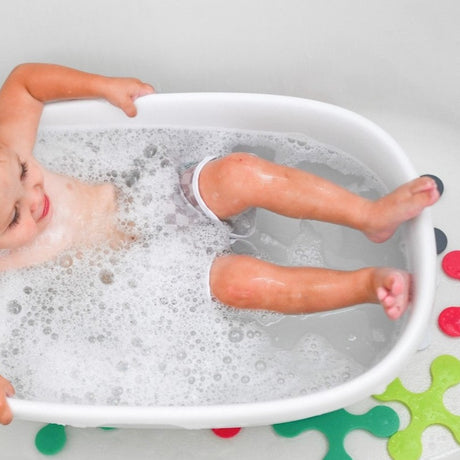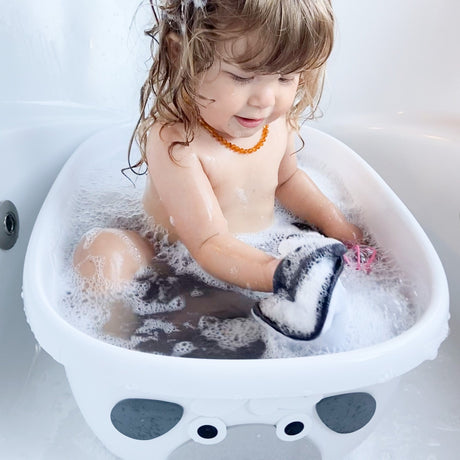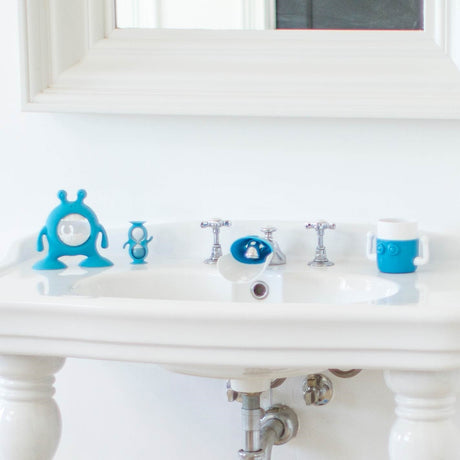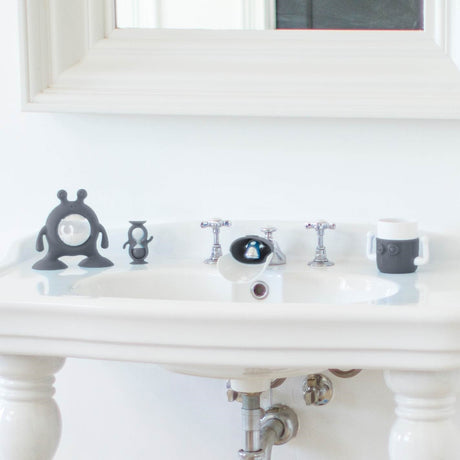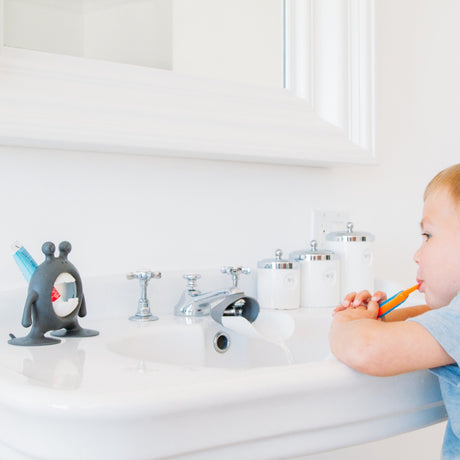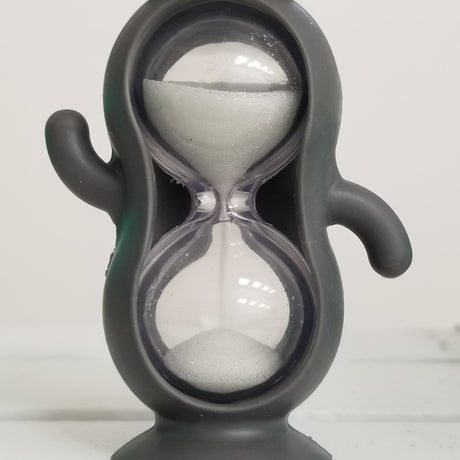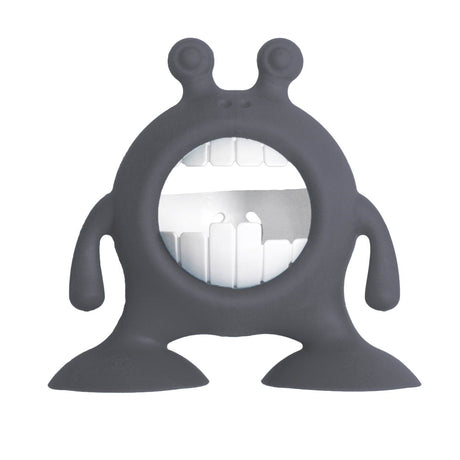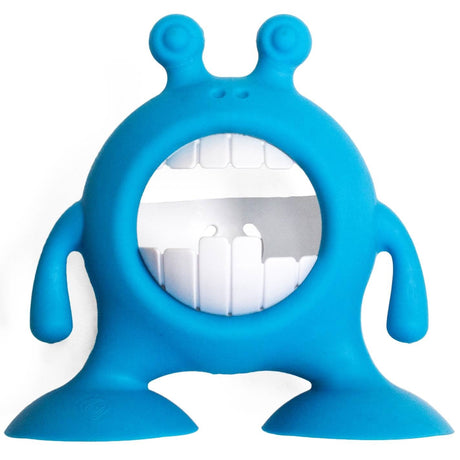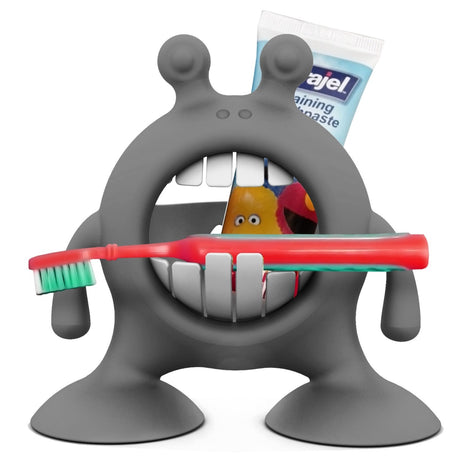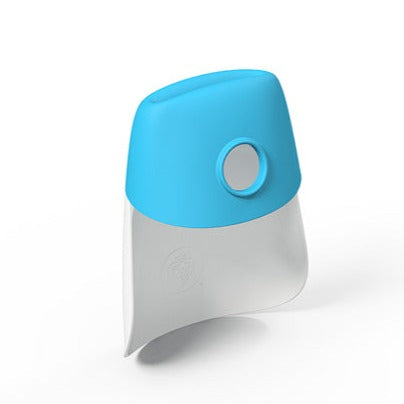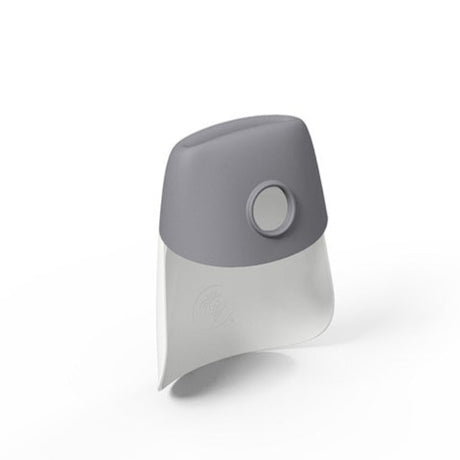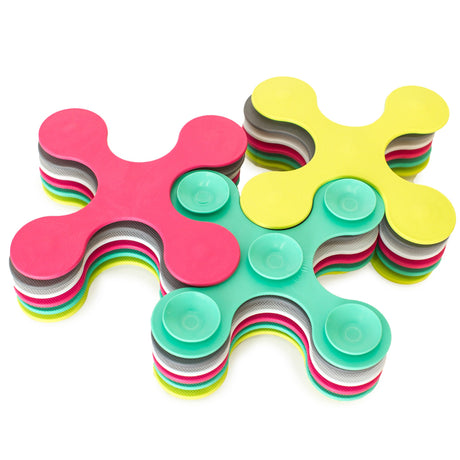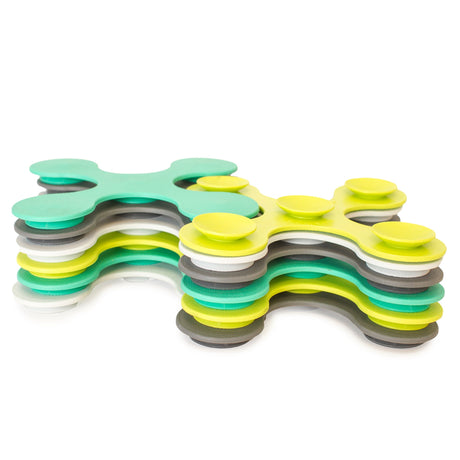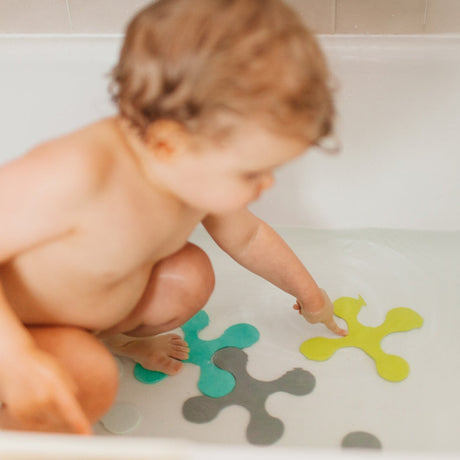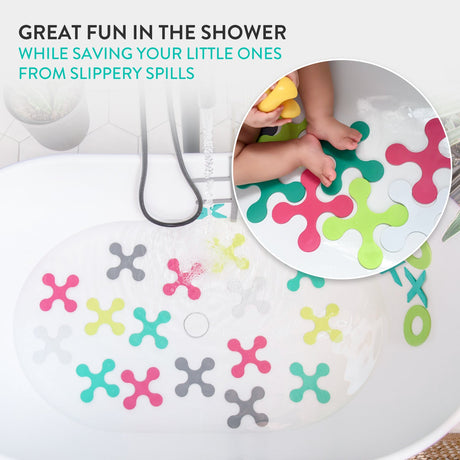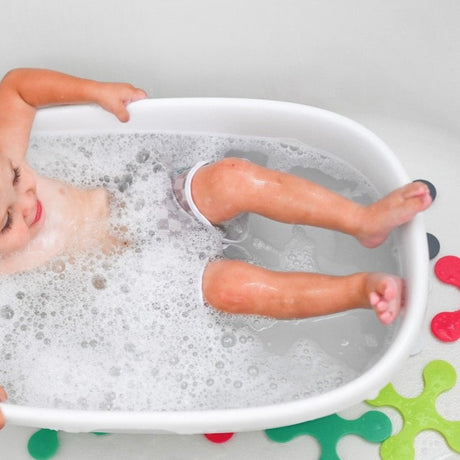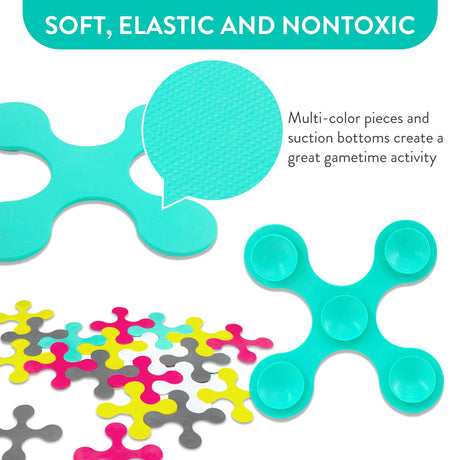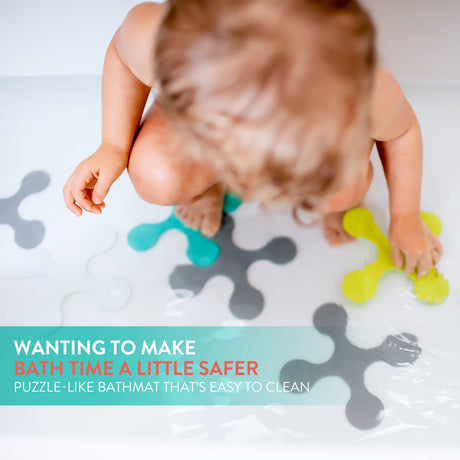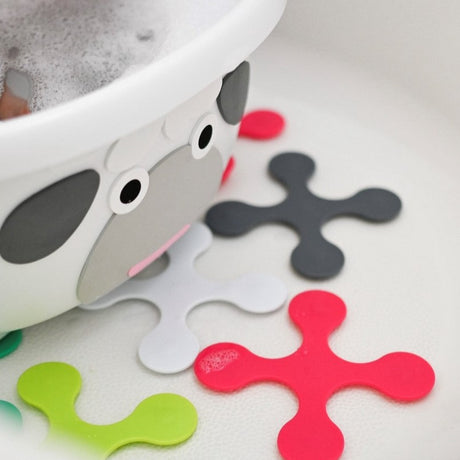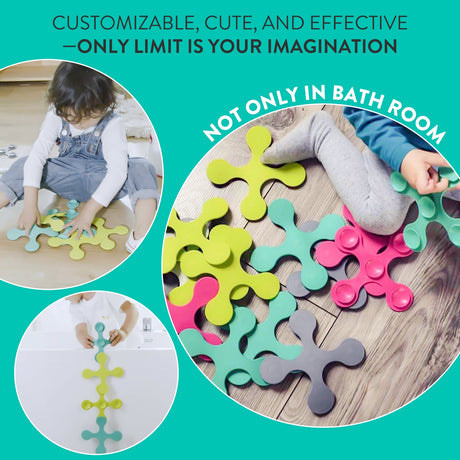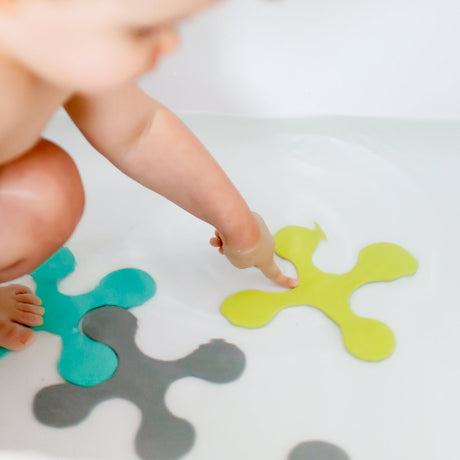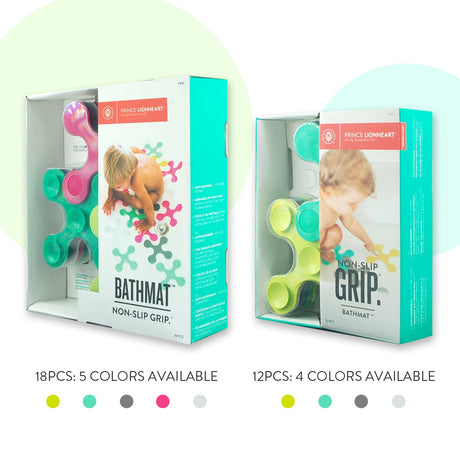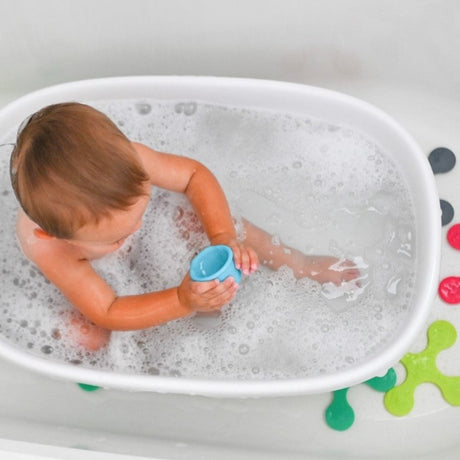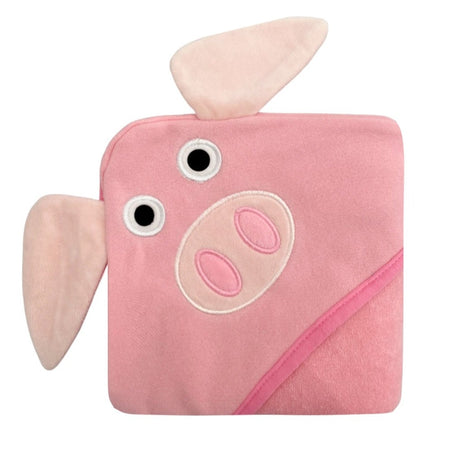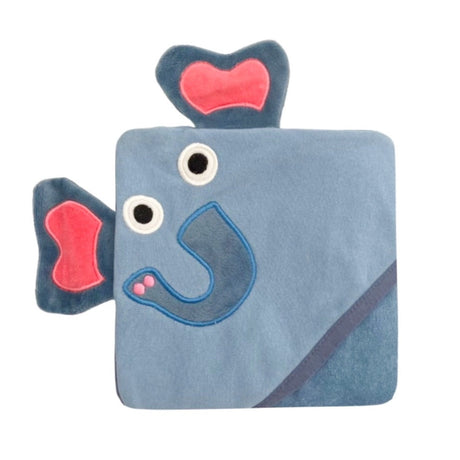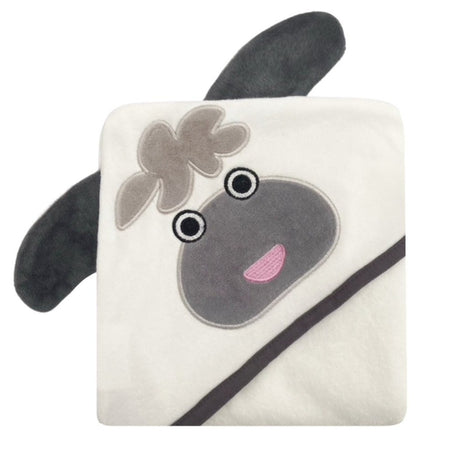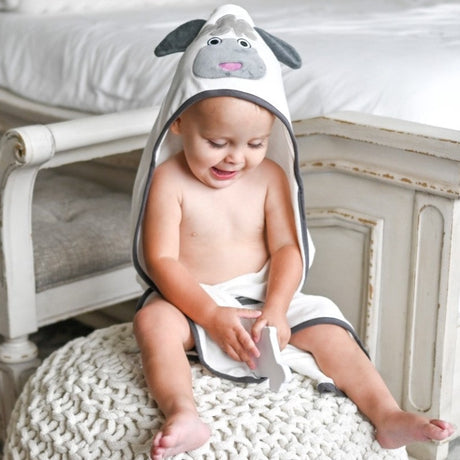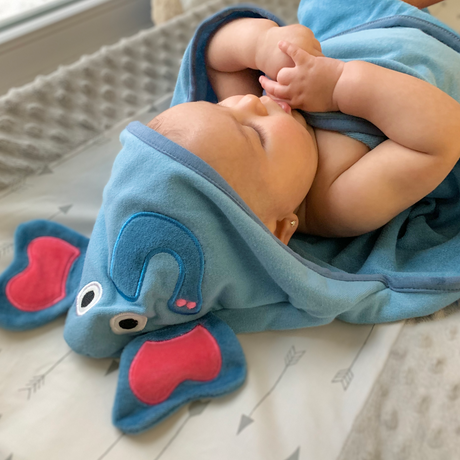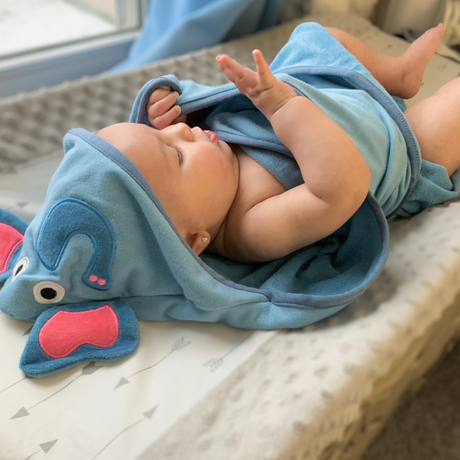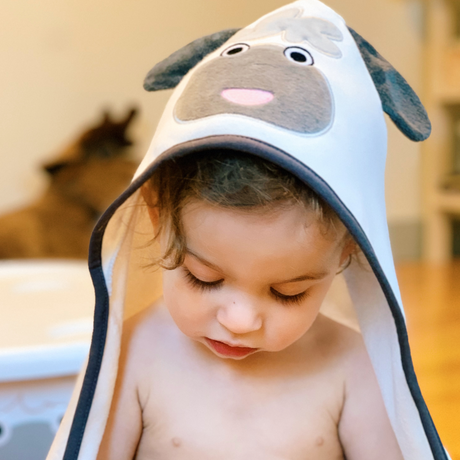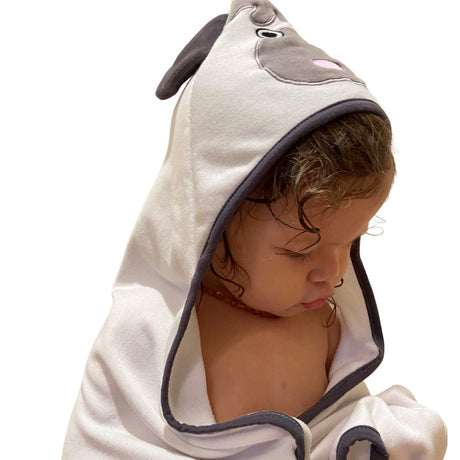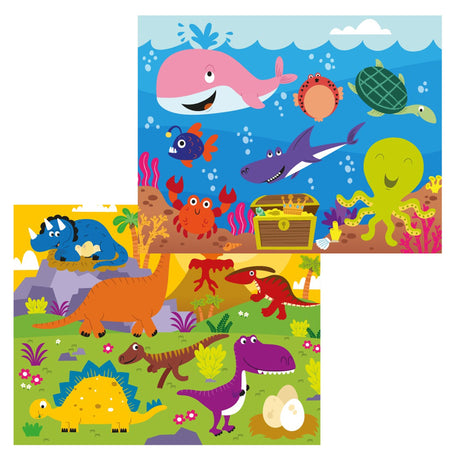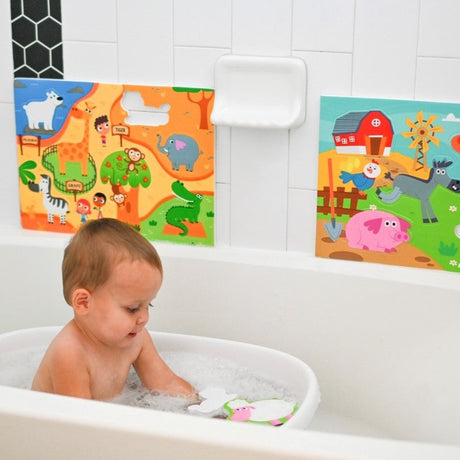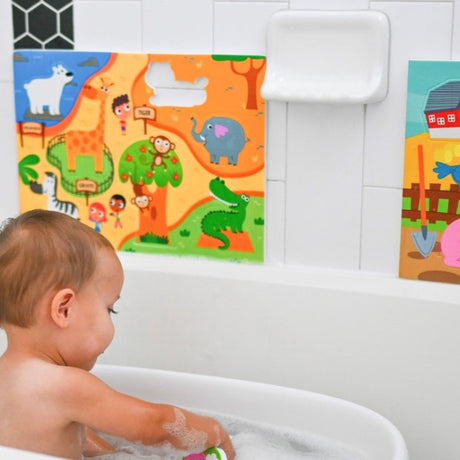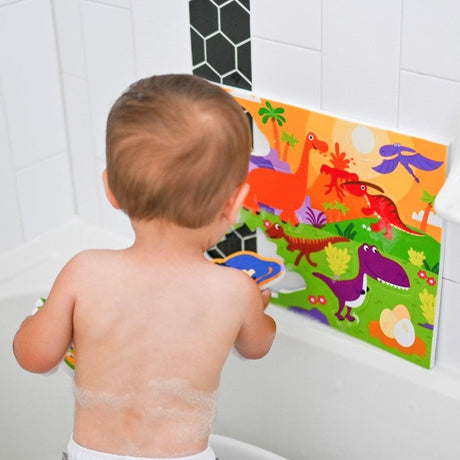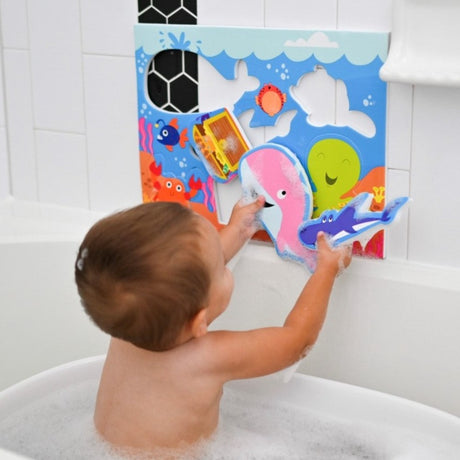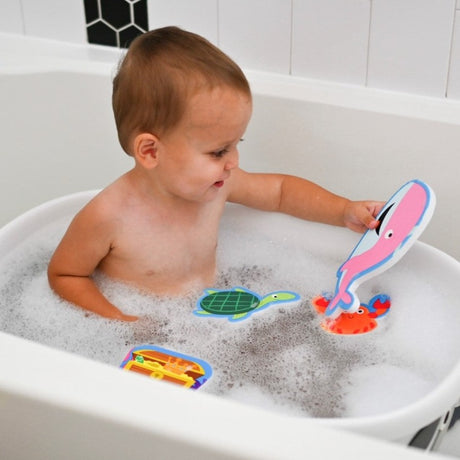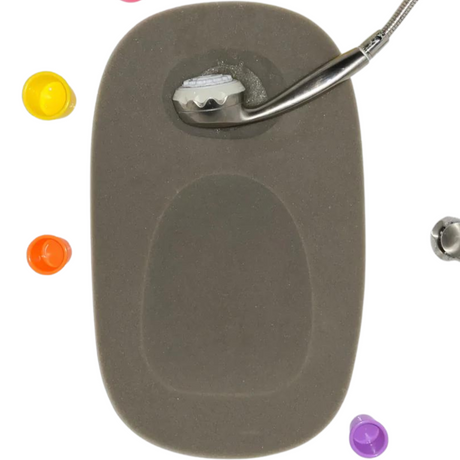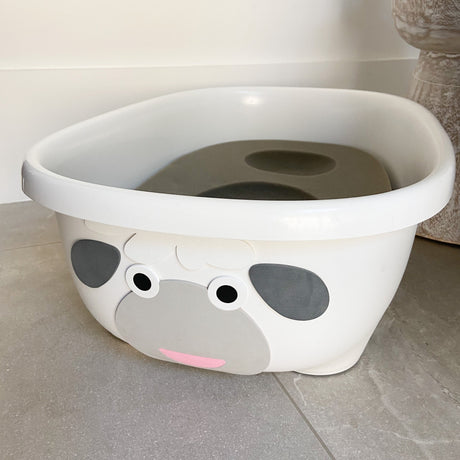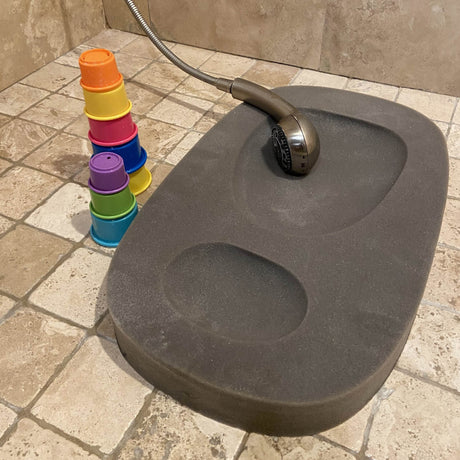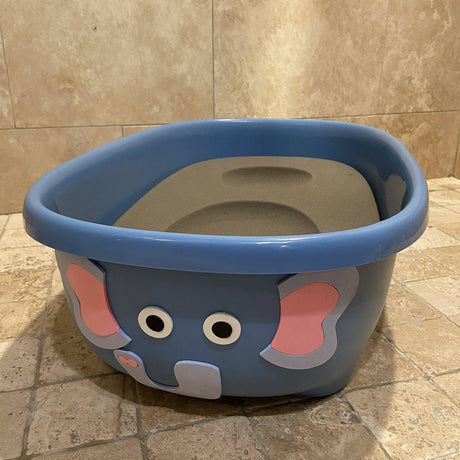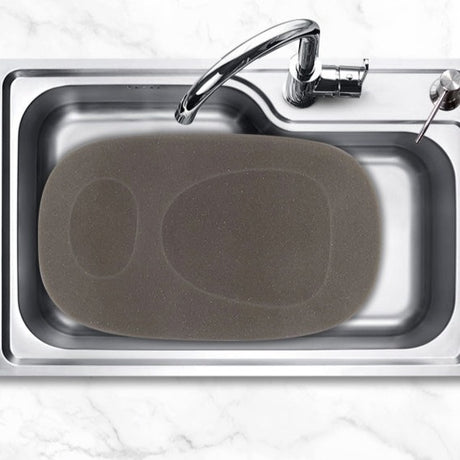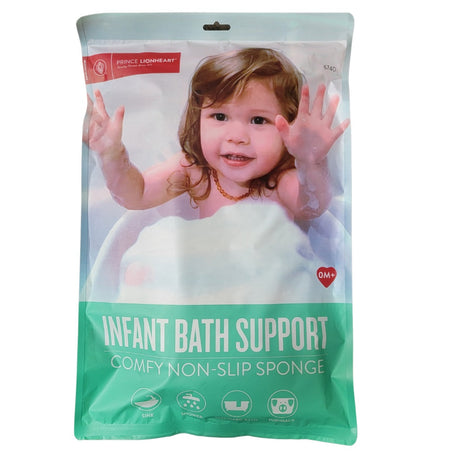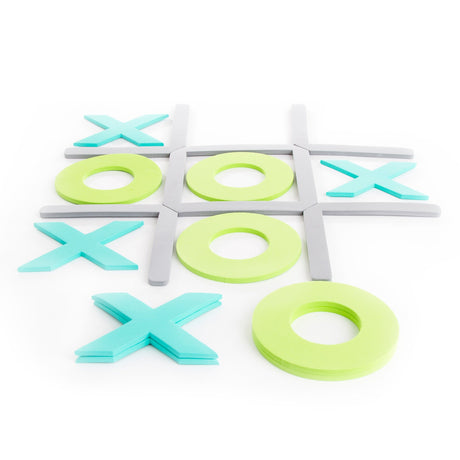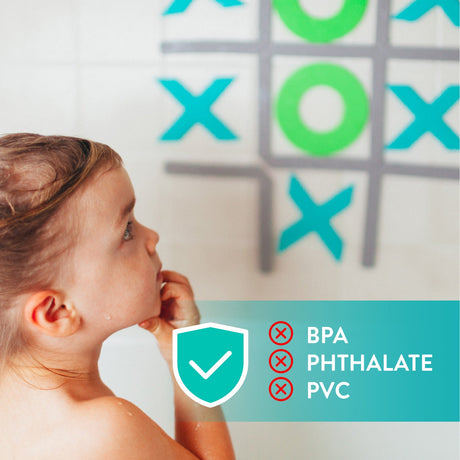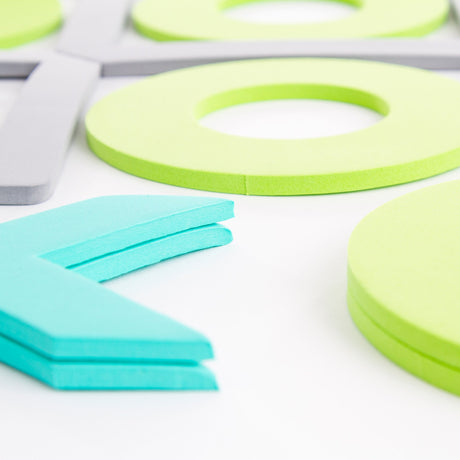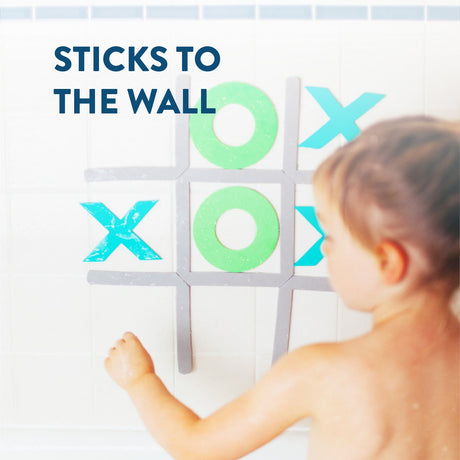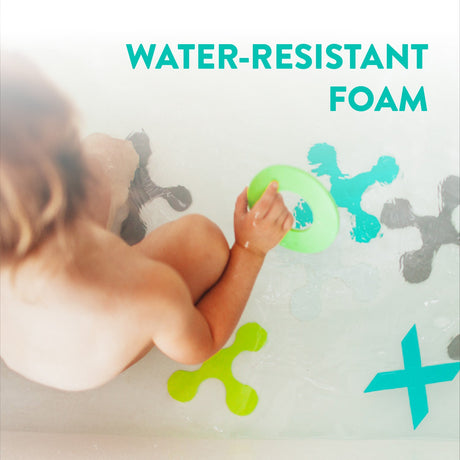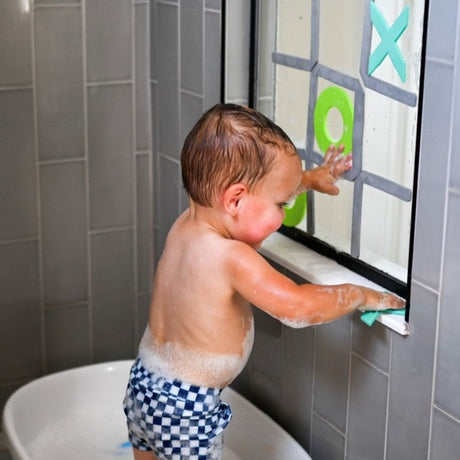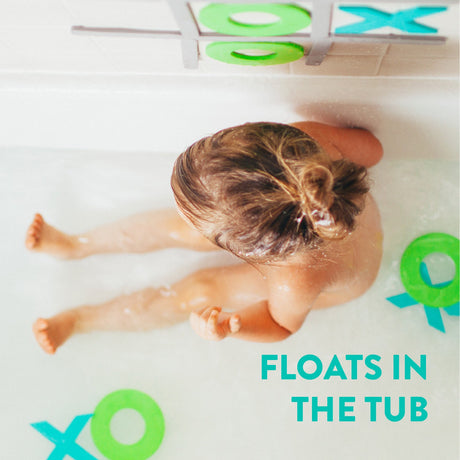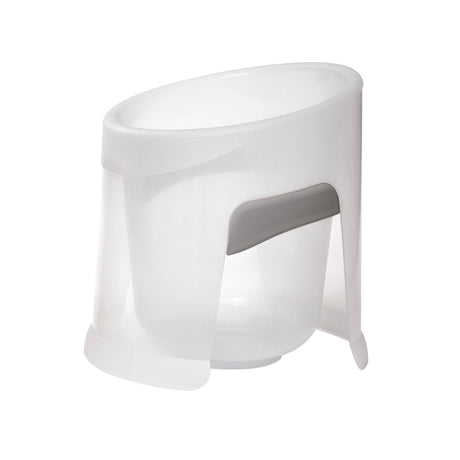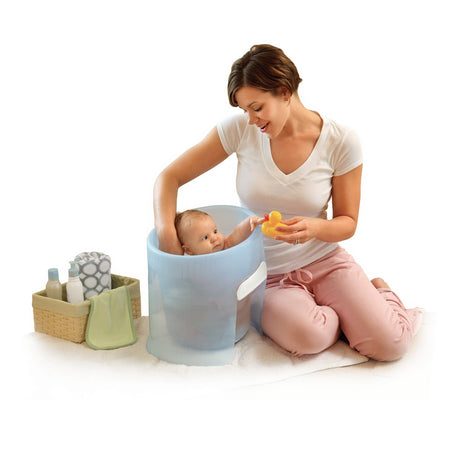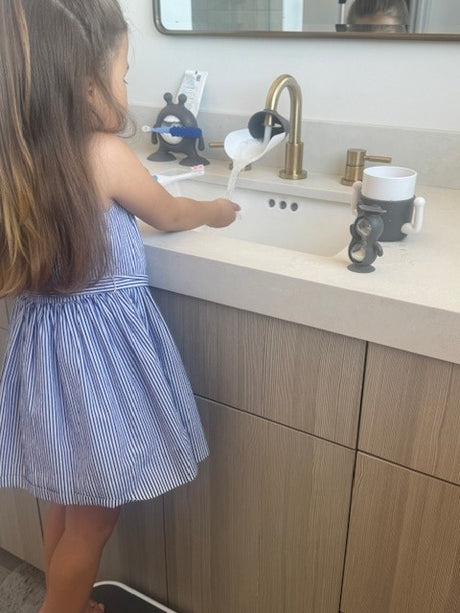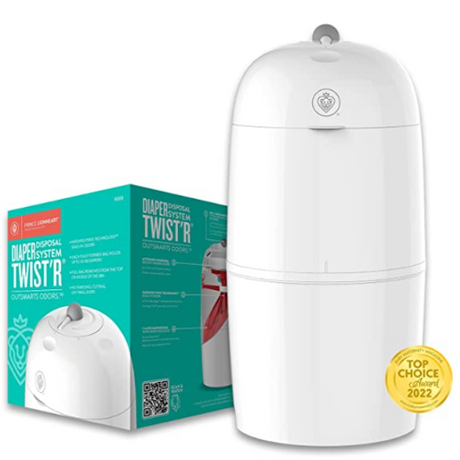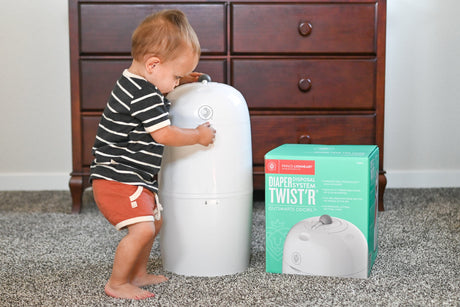Bath time can be a delightful experience for your little one, filled with splashes of fun and moments of creativity. However, it’s essential to ensure that it’s not only enjoyable but also safe. Here, we share eight tips to make this routine a playful and secure activity for both you and your child.
1. Create a Daily Bath Time Ritual
Establishing a bath routine becomes a comforting ritual both for you and your child. By maintaining consistent timings, you allow your little one to anticipate what’s coming, turning bath time into a soothing transition towards unwinding at the end of the day. Rituals help children understand sequence and time, offering a sense of security and easing anxiety. Start with a relaxing activity such as singing a song or telling a short story before you both head to the bathroom. Having a unique song or melody for this routine can also further bridge that comforting sense of repetition that young kids thrive on. Over time, as familiarity sets in, even the most reluctant bathers will learn to look forward to the bubbles and the chance to playfully reflect upon their day. Creating this structured yet fun framework helps instill a positive routine and can significantly transform bath time into a highlight of your child’s evening.
2. Choose the Perfect Water Temperature
Ensuring the right water temperature is a key element in making the bath comfortable for your little one. Water that’s too hot can lead to scalding, while water that’s too cold can be uncomfortable and cause chills. Aim for the temperature to be between 90-100 degrees Fahrenheit, which is generally considered safe and pleasant for young children. You could achieve this by using a thermometer or simply testing the water with your elbow—a more sensitive part of your skin than your hands. Remember that babies have softer, more delicate skin compared to adults, so water should feel warm but not hot to the touch. By maintaining the right temperature, you’re also creating a soothing environment that your child associates with relaxation, helping make bath time a more enjoyable experience. Additionally, consider the bathroom’s overall warmth and adjust accordingly, ensuring a cozy atmosphere that eliminates any discomfort from temperature fluctuations.
3. Introduce Fun Bath Toys
Introducing a variety of bath toys is one way to boost the fun factor during bath time. From boats to rubber duckies, toys that capture your child’s imagination can make bath time highly engaging. Look for toys that can float, pour, or even squirt water to add dynamic interactions. Such toys not only entertain but also encourage developmental skills through sensory play. Toys that engage the senses enable your child to explore textures, buoyancy, and water mechanics, turning a simple bath into an enriching experience. Rotating toys regularly also ensures that your little one remains interested and looks forward to playing with new ‘friends’ in the tub. Keep in mind that safety comes first; avoid toys with small parts that could become potential choking hazards. Bath time can quickly become a child’s favorite daily adventure, spurred on by the joy of imaginative play and discovery.
To maintain hygiene, especially for toys with holes that trap water, be diligent about cleaning them regularly to prevent mold growth. Use a solution of bleach and water or vinegar to disinfect toys at least once a week. Dry them thoroughly after each use, preferably by hanging them in a mesh net or placing them in a well-ventilated area. By ensuring that toys are clean and functional, you make bath time not only fun but also safe from any unwanted bacteria. After all, part of creating a pleasant bath time ritual is anticipating and preparing for the little things that allow both you and your child to relax and enjoy.
4. Engage in Interactive Games
Turning bath time into an interactive play session can convert what might be a routine task into an eagerly awaited activity. Engage your child’s imagination with simple games that stimulate their creativity while also reinforcing learning. Consider a game where each bath item, like the beloved rubber duckie, has a role in a larger story, where the bathtub becomes the ocean, and the toys are its inhabitants. Counting games are another effective tool, involving your child in an educational experience by counting toys or bubbles, which enhances early numeracy skills. Bath time sing-alongs can be both calming and delightful, transforming mundane tasks into mini-concerts filled with favorite rhymes or songs. The important thing is to make it interactive, allowing your child to lead or contribute to the story or song, pivoting bath time into a wonderful, creative bonding experience. Such playful interactions do more than just wash away the day; they strengthen the connection between parent and child while subtly encouraging the routine to become something special.
5. Use Child-Friendly Bath Products
Utilizing the right bath products ensures that bath time remains comfortable and irritation-free. Opt for child-friendly shampoos and body washes that boast natural, gentle ingredients, sidestepping harsh chemicals that can cause discomfort to delicate skin. Tear-free formulas are a staple for young bathers, sparing irritation and keeping tears at bay; this is particularly useful if your child tends to dread the hair-washing portion of the bath. Many baby shampoos include calming scents like lavender which can also help relax your child before bedtime. Additionally, you may consider opting for products recommended for sensitive skin to minimize the risk of allergic reactions or dryness. It’s equally essential to pay attention to the durability and safety of the bath containers and dispensers, ensuring they can withstand drops and bumps while avoiding sharp edges. Using such products helps ensure that bath time is not just about cleaning, but is also a nurturing, sensory experience—encouraging positivity and relaxation.
6. Ensure a Non-Slip Bath Surface
Safety during bath time is paramount, and one important aspect is preventing slips. The combination of soap and water inevitably creates slippery environments, making the bathtub a potential hazard zone. To mitigate this, consider investing in a reliable non-slip mat that secures the bottom of the tub, allowing your child to enjoy their bath safely. Additionally, textured stickers can be a convenient alternative; these colorful designs not only captivate little eyes but provide extra grip underfoot. Ensure that the mat or stickers fit seamlessly within your tub’s contours and remain securely attached during use. Teach your child early on about sitting safely in the tub—emphasis on staying seated reduces the chance of slips. Regularly check that the non-slip surfaces have no wear or tear which could affect their performance. Combined with vigilant supervision, these protective measures effectively lower the risk of bath time mishaps, providing peace of mind while your child indulges in splash-filled joy.
7. Keep Essentials Within Arm’s Reach
Efficiently organizing your bath space ensures a stress-free, enjoyable bath time for both you and your child. By strategically placing necessities like soap, shampoos, towels, and bath toys within easy reach, you minimize the need to turn away or leave your child unsupervised, even for a moment. Keeping essentials accessible enhances safety by allowing you to maintain eye contact, which is crucial during bath time to prevent accidents. Think about storage solutions such as wall-mounted shelves or caddies that store items securely without cluttering the bath area. If space is limited, consider installing hooks or over-the-door organizers for towels and smaller bottles. This strategic organization not only ensures that you’re prepared for a seamless, enriching bath experience but also primes your child to learn independence, as they begin to observe and mimic your organized approach in their own routines. By turning bath time into a streamlined affair, you save time and effort, making room for nothing but fun and bonding.
8. Encourage Independence with Supervision
As your child grows and gains confidence, it’s important to encourage them to take part in their own bath routine. Small acts like allowing them to wash themselves or participate in rinsing their hair can foster a sense of accomplishment and independence. However, never underestimate the importance of supervision. Always be present to oversee their actions, ready to intervene if necessary. It’s beneficial to guide them through the correct techniques gently, reinforcing good hygiene habits early on. Create a supportive environment where your child feels safe to experiment within their abilities, knowing you’re there to catch them if they stumble. Over time, these efforts will pave the way for greater responsibility and self-care in your child, allowing bath time to be not just a cleansing routine but a valuable lesson in independence and self-sufficiency.

